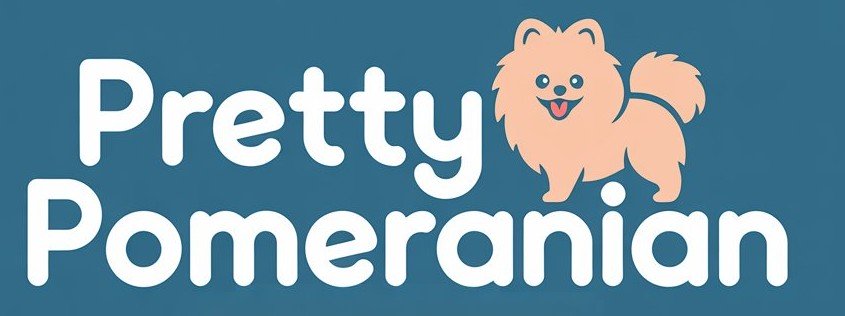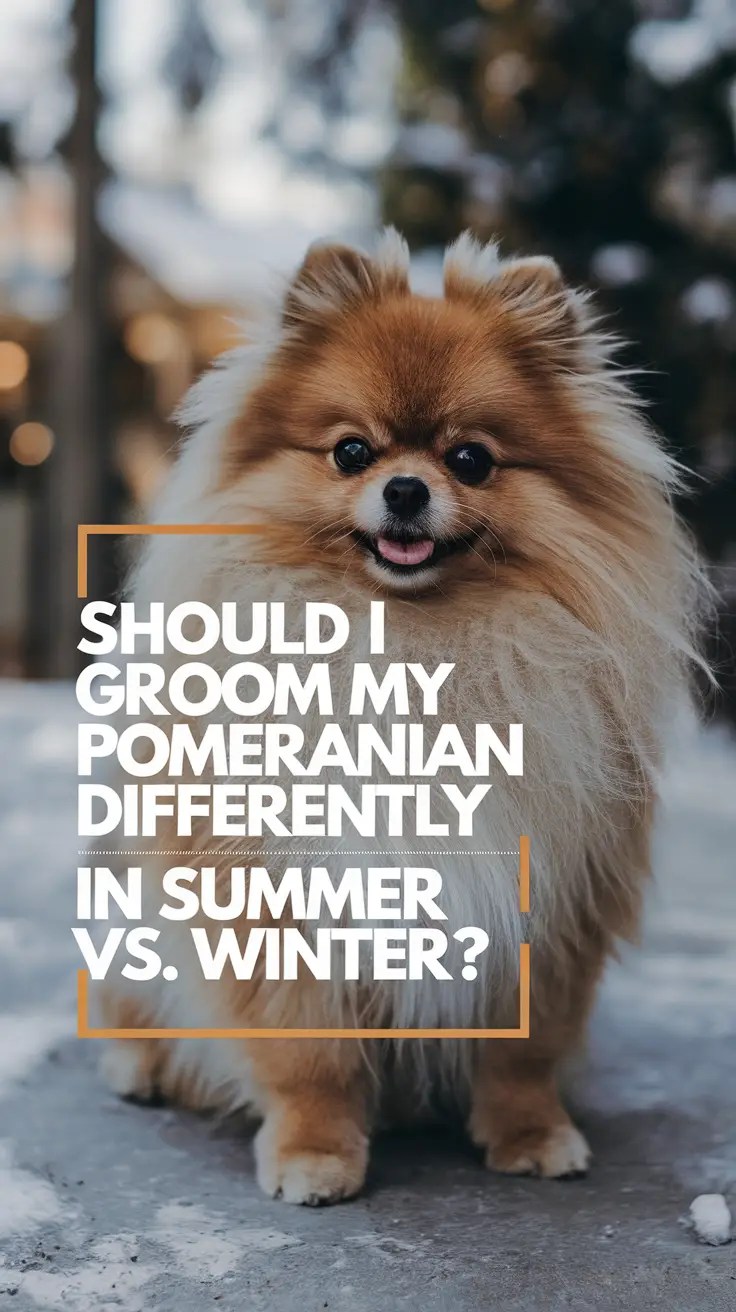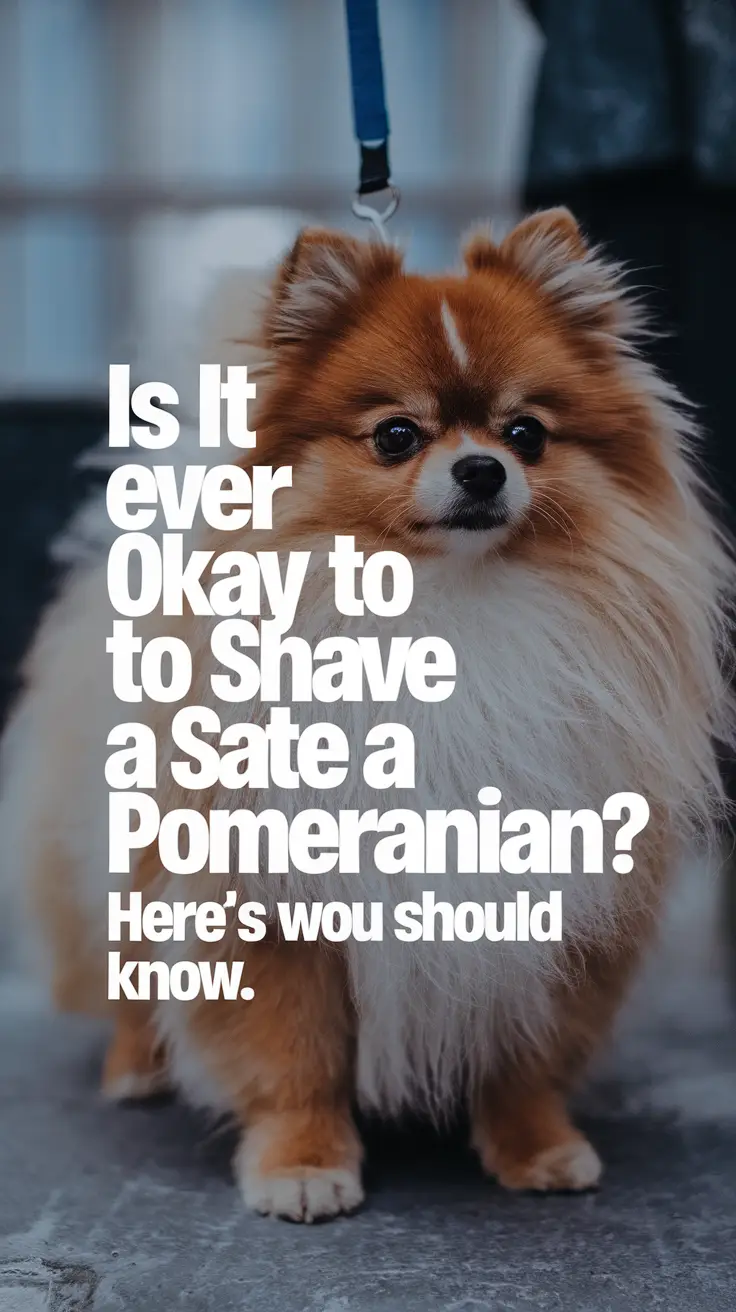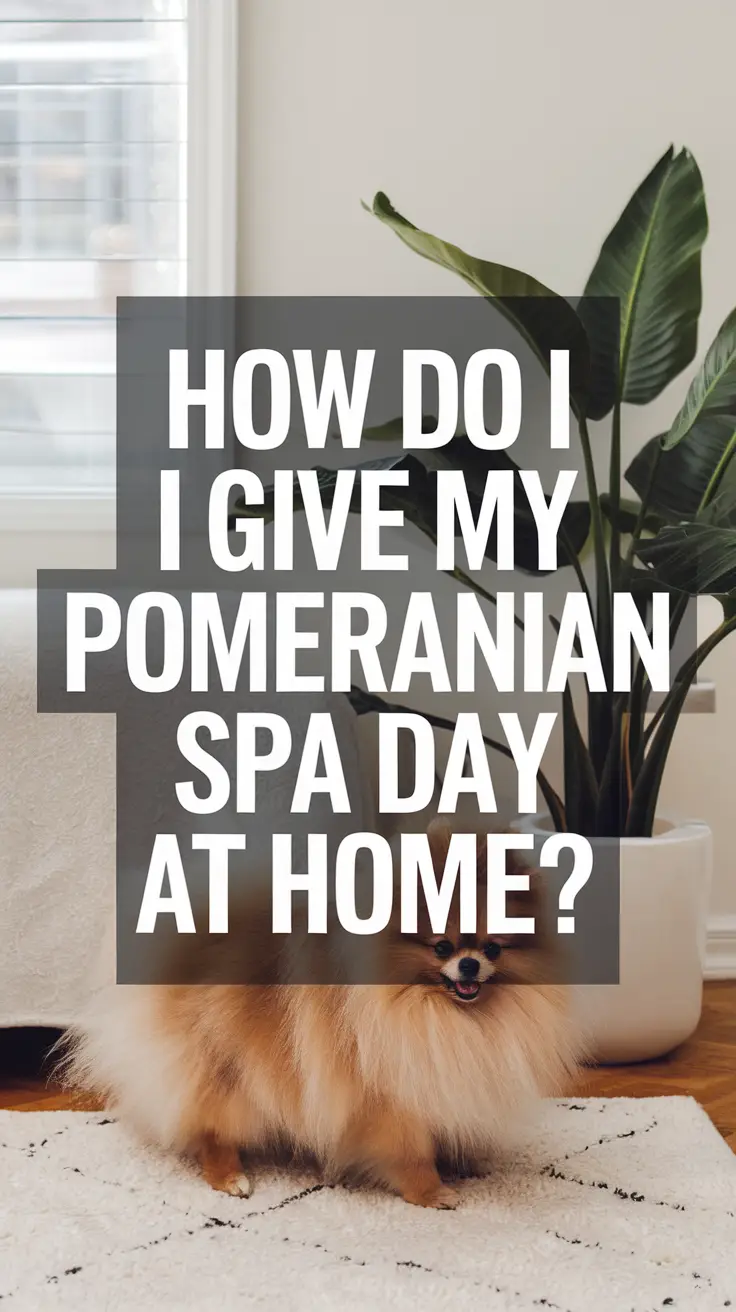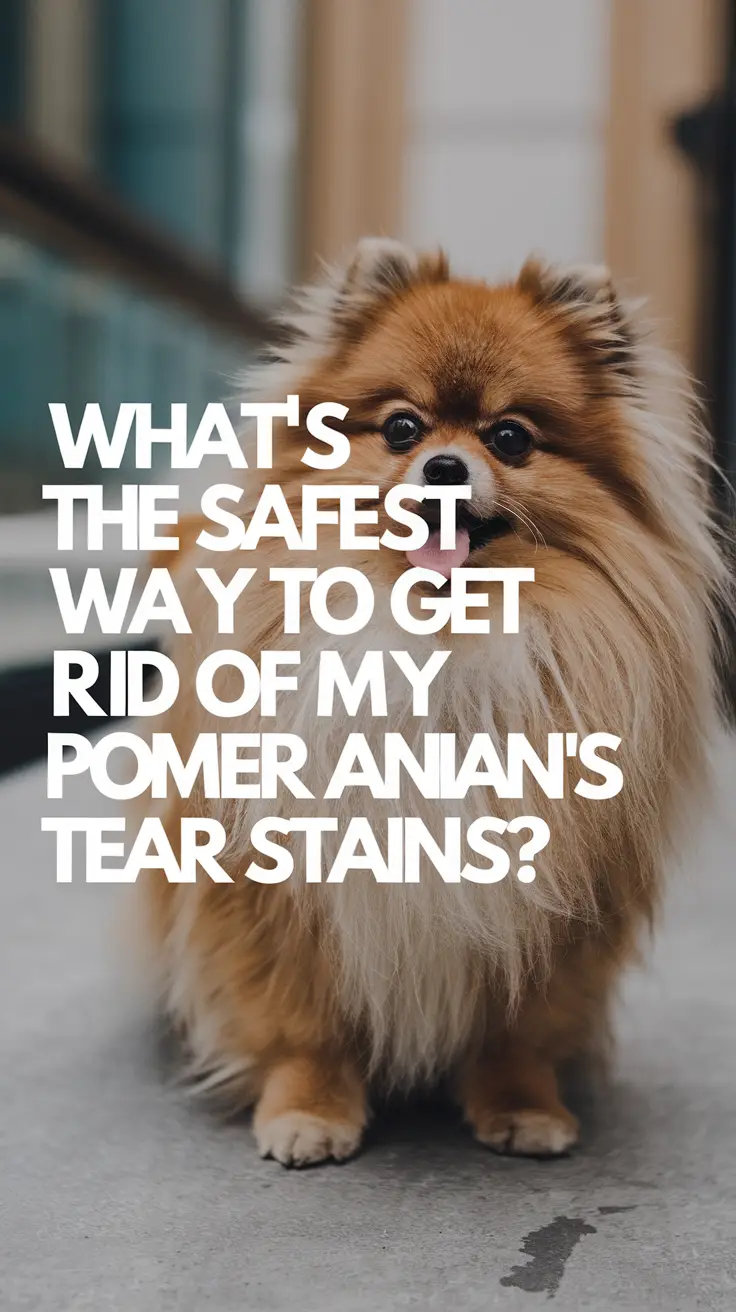Every Pomeranian parent faces that moment of seasonal panic – standing in front of their fluffball wondering if their grooming routine needs a complete overhaul now that the weather’s changed. Trust me, I’ve been there with my Pom Sash more times than I care to admit, holding grooming scissors and questioning everything I thought I knew about seasonal coat care.
Quick Summary: Your Seasonal Grooming Game Plan
- Summer grooming focuses on cooling comfort without compromising your Pom’s natural protection
- Winter grooming emphasizes moisture retention and mat prevention in harsh conditions
- Year-round consistency with seasonal tweaks beats dramatic routine changes
The Great Seasonal Grooming Myth
Here’s what nobody tells you about Pomeranian grooming – your approach absolutely should change with the seasons, but not in the dramatic way most people think. When Sash experienced her first brutal summer, I made the classic rookie mistake of giving her what I called a “summer buzz cut.” Big mistake. Huge. My poor girl looked like a defeated cotton ball and actually became more heat-sensitive, not less.
According to the American Kennel Club, a Pomeranian’s double coat serves as natural insulation that works both ways – keeping them warm in winter and surprisingly cool in summer when properly maintained. The key lies in understanding how to work with this natural system, not against it.
Summer Grooming Strategy
Summer grooming is all about maximizing airflow while maintaining your Pom’s natural cooling system. Think strategic trimming, not scalping.
Essential Summer Adjustments
| Grooming Task | Summer Approach | Frequency |
|---|---|---|
| Brushing | Daily with slicker brush to remove loose undercoat | Every day |
| Trimming | Light sanitary trim, paw pad hair, slight body shaping | Every 6-8 weeks |
| Bathing | Cool water, moisturizing shampoo | Every 3-4 weeks |
| Drying | Air dry when possible, cool setting if blow-drying | After each bath |
Dr. Sarah Mitchell, a veterinary dermatologist I consulted after Sash’s grooming disaster, explained that removing too much coat actually forces a Pom’s skin to work harder to regulate temperature. “The undercoat acts like nature’s air conditioning system,” she told me. “Remove it strategically, don’t eliminate it entirely.”
Summer Grooming Do’s and Don’ts
Do’s:
- Increase brushing frequency to prevent matting from swimming or increased outdoor time
- Focus on removing loose undercoat that impedes airflow
- Keep foot pads trimmed short for better heat dissipation
- Use cooling sprays designed for dogs during grooming sessions
Don’ts:
- Shave your Pom completely – this removes natural sun protection
- Skip regular brushing because “they’ll just get dirty again”
- Use human sunscreen or cooling products
- Bathe too frequently, which strips natural oils
Winter Grooming Strategy
Winter grooming shifts focus to protection and moisture retention. Sash taught me this lesson during her second winter when I noticed her usually pristine coat becoming dull and staticky despite my best efforts.
Cold Weather Grooming Essentials
| Challenge | Winter Solution | Pro Tip |
|---|---|---|
| Dry, static coat | Moisturizing conditioner treatments | Add humidifier to grooming area |
| Matting from sweaters/coats | Extra brushing in friction areas | Use detangling spray before dressing |
| Muddy paws | Quick daily paw cleaning routine | Keep grooming wipes by the door |
| Indoor heating effects | Reduce bath frequency | Spot clean instead of full baths |
Winter-Specific Grooming Adjustments
The cold months require a gentler approach that preserves natural oils while maintaining cleanliness. I learned to extend Sash’s bath intervals from every three weeks to every five weeks during peak winter, focusing instead on targeted cleaning and intensive brushing sessions.
Winter Grooming Priorities:
- Extend time between full baths to preserve natural oils
- Increase conditioning treatments to combat dry air
- Focus on mat prevention in areas covered by winter clothing
- Maintain slightly longer coat length for natural warmth
Year-Round Consistency Wins
The biggest revelation in my grooming journey with Sash came from understanding that seasonal changes should be tweaks to a solid foundation, not complete overhauls. Professional groomer Lisa Chen, who’s worked with Pomeranians for over fifteen years, puts it perfectly: “Think of seasonal grooming like adjusting your wardrobe – you don’t change your entire style, you adapt to the weather.”
Tools That Work Across Seasons
- Slicker brush: Essential year-round, but technique changes seasonally
- Metal comb: Your best friend for detecting mats in any weather
- Quality dog dryer: Adjustable temperature settings for seasonal needs
- Detangling spray: More crucial in winter but useful year-round
Common Seasonal Grooming Mistakes
After making nearly every mistake possible with Sash, I can save you some heartache. The most common error? Extreme reactions to seasonal changes. Hot summer hits and suddenly every Pom parent wants to shave their dog bald. First snowfall arrives and they stop bathing entirely because “dogs don’t need baths in winter.”
Mistake #1: Dramatic coat length changes
Reality: Subtle adjustments work better than extreme cuts
Mistake #2: Completely different product routines
Reality: Same quality products, adjusted frequency and application
Mistake #3: Ignoring your individual dog’s needs
Reality: Sash’s coat responds differently than your Pom’s might
Reading Your Pom’s Seasonal Signals
Your Pomeranian will tell you what they need if you know how to listen. Sash developed her own seasonal patterns that guided my grooming adjustments more than any expert advice could.
Summer signals to watch:
- Excessive panting during normal grooming
- Seeking cool surfaces immediately after brushing
- Increased shedding of undercoat
Winter signals to watch:
- Static electricity during brushing
- Flaky or dry skin
- Unusual matting in typical problem areas
The Bottom Line on Seasonal Grooming
After years of trial, error, and eventual success with Sash, I’ve learned that seasonal grooming isn’t about reinventing the wheel twice a year. It’s about fine-tuning your approach to support your Pom’s natural adaptability while keeping them comfortable and healthy. The best grooming routine is one that evolves thoughtfully with the seasons while maintaining the consistency your Pomeranian’s coat craves. Your fluffy companion deserves grooming that works with their natural rhythms, not against them – and trust me, once you find that sweet spot, both you and your Pom will wonder why you ever made it more complicated than it needed to be.
